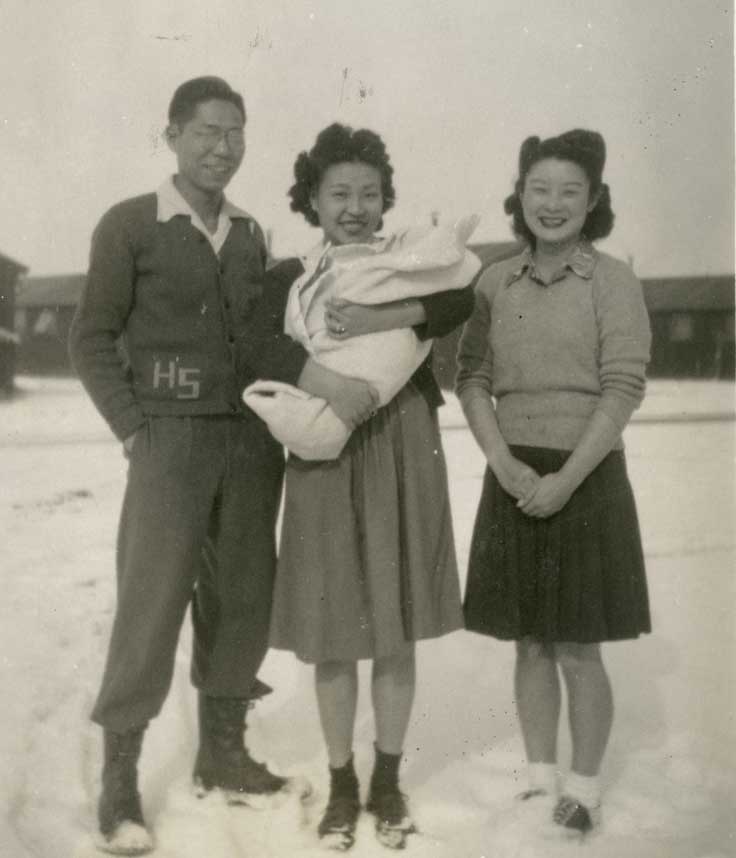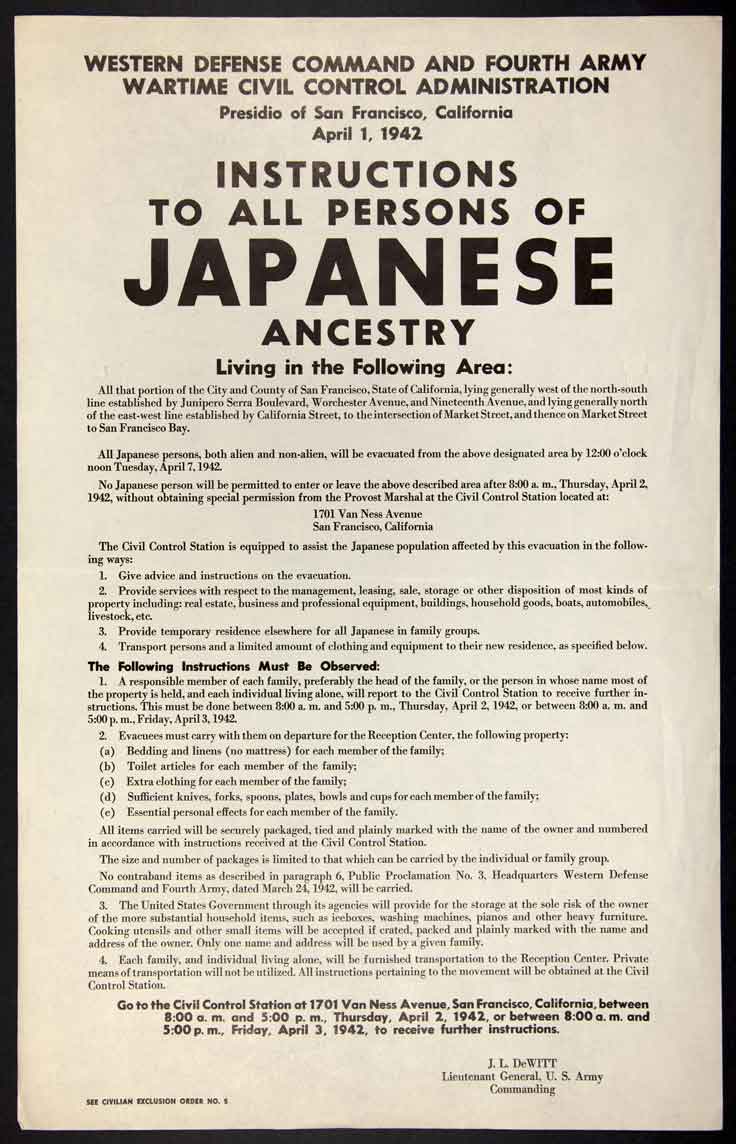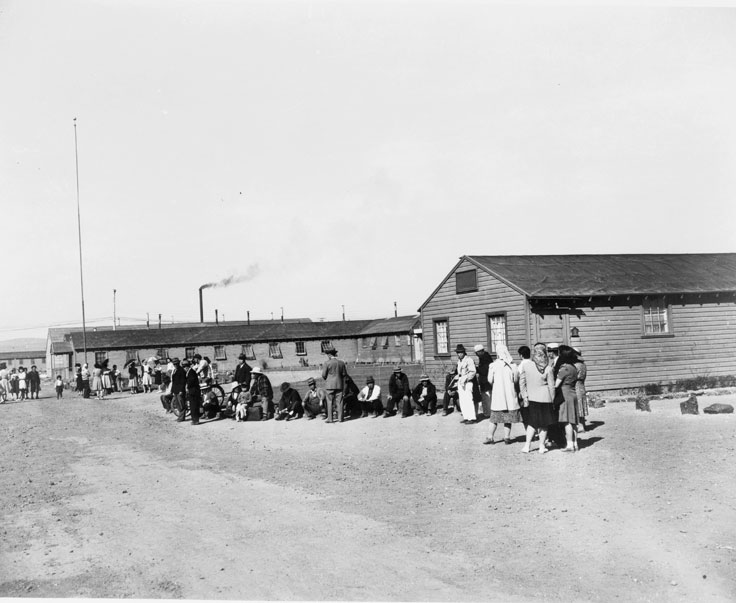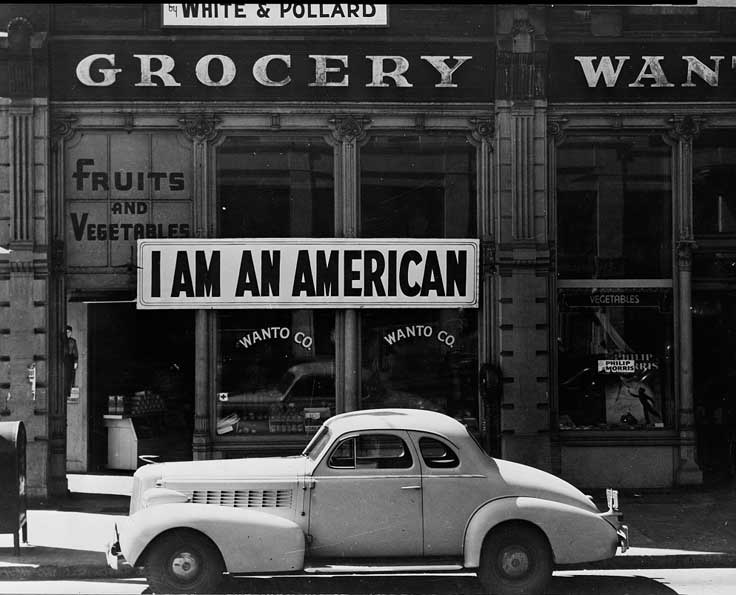
Plan your visit
The Other Side of FDR
April 25, 2019

History Matters is a blog series where we’ll be talking about the things you’re not supposed to discuss at the dinner table – things that may make some people uncomfortable. These pieces of our history are there if you look but might not be top of mind or in a textbook. We often think of history on a larger scale, but let’s remember that history happened here. It happens every day. And it matters.
As Archives and Library staff members at IHS, we are, by the nature of our work always looking up names. A name connects families together through genealogical research or it could mean something entirely different to a group of people in the historical context.
While taking a break from the confines of my office and computer screen, I decided to tour our newest exhibit You Are There 1939: Exploring Angel Mounds. The setting is in Southern Indiana during the 1930s at a federally-funded archeological project through the Works Progress (later Projects) Administration. The WPA employed millions of workers and fostered the creativity of some of the United States most well-known writers, musicians, actors, artists and photographers of the time. Names like Jackson Pollock, Willem de Kooning, Dorothea Lange and Berenice Abbott are some of the stand-outs.
While I was in the exhibit, an actor-interpreter mentioned a name that hit me like a ton of bricks. Immediately, I recognized the direct connection to our upcoming Be Heard exhibit featuring our Asian community. The name was Franklin Delano Roosevelt, commonly known as FDR. FDR is lauded as a progressive president who dramatically decreased the unemployment rate that helped end the Great Depression, created the Federal Deposit Insurance Corporation to help insure banks and protect consumers, established our social security program that presently offers economic protection to our elderly, sick and unemployed. Without the New Deal and the WPA, the fabric of our society would be drastically different today. So many individuals and families had their quality of life improved by his actions.
On Dec. 7, 1941, the Imperial Japanese Navy Air Service conducted a surprise attack on Pearl Harbor, Honolulu, Hawaii. This attack propelled the United States into World War II. On Feb. 19, 1942, FDR signed Executive Order 9066. Executive Order 9066 began the process of forced incarceration and relocation of Japanese Americans from the west coast of the United States into concentration camps. These concentration camps are known colloquially as “Japanese internment camps” and formally as “war relocation camps.” In March of that year, a public law was signed to enforce order 9066. This largely affected American-born Japanese Americans – Nisei and Sansei generations – and their families located on the West Coast of the United States. They were required to immediately get their personal affairs in order and present themselves at their local assembly center for future removal for an undetermined length of time.

Courtesy Library of Congress

Courtesy Library of Congress
These assembly centers housed individuals for months while construction was completed on the war relocation camps. Assembly centers were local fairgrounds or horse racing tracks. After camp construction was complete, families were relocated to one of 10 isolated area camps located in Arkansas, Arizona, California, Colorado, Idaho, Wyoming and Utah. By 1946, the camps were shut down and those who were incarcerated either resettled back on the west coast or resettled in other areas of the United States. Some families repatriated to Japan. Be Heard: Asian Experiences in Indiana features the stories of two individuals who were born or spent years in Japanese Internment Camps in California and Arizona.

Dorothea Lange, most known today for her iconic image of a woman and her two children during the dust bowl, took this photo on assignment from the War Relocation Authority. The “I am an American” sign is hung in a Japanese American owned business located in Oakland, California. Lange noted that the sign went up the day after the attack on Pearl Harbor. This image has such power for me. Its power not only lies in the clarity and composition but also in its patriotic statement. It reminds those around them of their identity and challenges the perception, or misperception, of what it means to be American. Courtesy Library of Congress
To a select group of Americans, the name Franklin Delano Roosevelt means the opposite of progressive.
Image at top: This photo was at Tule Lake Segregation Center with his parents Harry and Joan Suzuki, about a month after his birth. David was born in the camp. Courtesy David A. Suzuki, Indiana Historical Society








